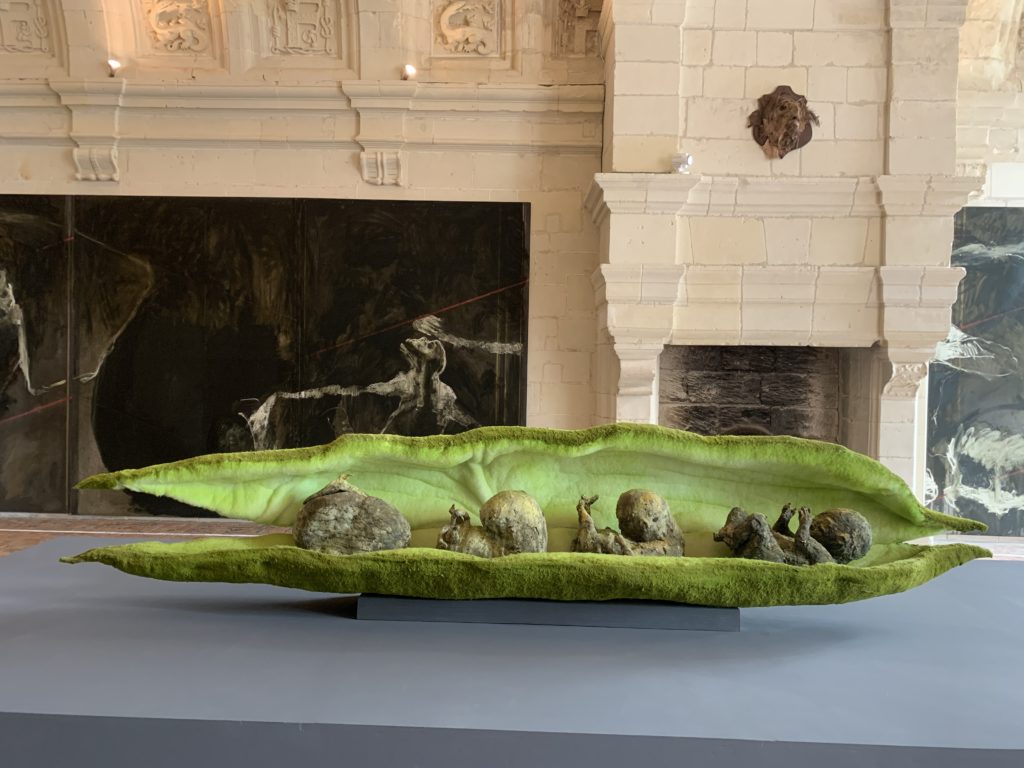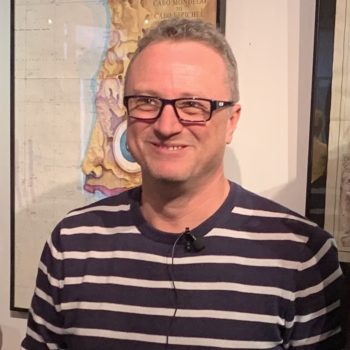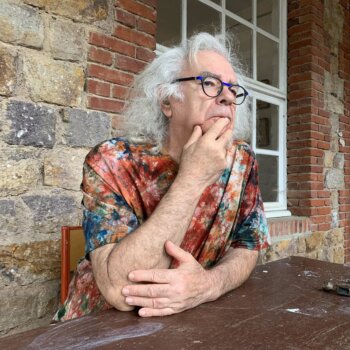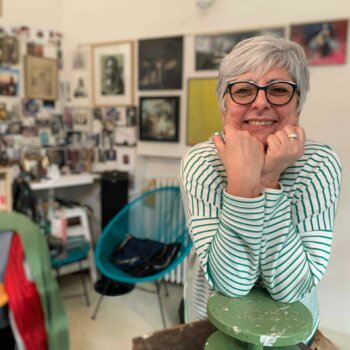
Lydie Arickx, exhibition at Chambord castle
- Post published:15 November 2022
- Post category:Meet the artists
The Château de Chambord welcomed the expressionist artist Lydie Arickx for an exhibition entitled “Arborescences” which celebrates life.
Lydie Arickx, a giant of French contemporary art
Lydie Arickx never stops tackling new challenges that are always more gigantic than the previous ones.
Yesterday, she took over the Château de Biron in a titanic exhibition with 500 works displayed on more than 2000 m2. Today, the artist is taking on the Château de Chambord for an exceptional exhibition entitled “Arborescences” until 17 October 2021.
” Et Lydie Arickx règne sur les hauteurs ” écrit le critique d’art Christian Noorbergen*
*in Artension, Hors série N°23 Mars 2018 : L’expressionnisme aujourd’hui
No fear Lydie Arickx !
Chambord is the largest of the Loire castles, in the heart of the largest enclosed forest park in Europe.
It was probably inspired by Leonardo da Vinci to magnify the architectural principles of the Renaissance. It was built between 1519 and 1686 under the initial impetus of François I, who made it his hunting lodge. A place like this would be enough to stun any artist… but Lydie Arickx saw it as a formidable challenge to be taken up!
“This is not an exhibition, it is a performance of every moment”, says the artist in her speech at the launch of the exhibition. Together with her partner Alex Bianchi and her son César Bianchi, Lydie Arickx has created breathtaking paintings, sculptures and installations that inhabit the Château de Chambord.
Two monumental sculptures are presented outside. These are “Adam and Eve” in wood and concrete. They may have provoked some negative reactions because of their resemblance to the sexes. Yannick Mercoyrol, the director of the cultural programme, intervened to reframe the misguided minds by declaring that “sculpture is more complex and profound” than a work that would be “just there to shock”. We thank him for that ! (La Nouvelle République, 8 April 2021).
Art, since its origins, magnifies life and unfortunately regularly comes up against prudishness.
Our era is decidedly paradoxical: on the one hand, everything is permanently laid bare, and on the other, symbolic artistic representations are offended !
Inside, more than 150 works of art occupy the entire second floor of the castle as well as the royal chapel.
Exorcising death to celebrate life
Lydie Arickx’s creative work constantly oscillates between exorcism of death and celebration of life.
For example, is “The Bean”, a 3.60m sculpture, viewed from left to right or right to left ?
And the foetuses in their amniotic sac, are they alive or dead ?
Similarly, are the intertwined human bodies of the Planetum fighting for life or have they given up hope? And why do these great frescoes that occupy the largest walls of the castle splatter us with their blood ?
And does this gigantic painting (5.60m x 8.40m), which covers and reinterprets Botticelli’s masterpiece ‘Spring’, really celebrate a (re)birth ?
When Lydie Arickx is asked “Is there a pleasure, a necessity to put such hard subjects on canvas ?”, the artist answers “I can’t do otherwise” (in “Lydie Arickx, Oublier qu’on peint” éditions Gourcuff Gradenigo – interview by Yves Kneusé).
From the Chauvet cave to the abyss
“Lydie Arickx is the other name of the artist who painted the Chauvet cave 30,000 years ago”
This is what Jean d’Haussonville, General Director of the National Estate of Chambord and Yannick Mercoyrol, Director of Heritage and Cultural Programming at the Château de Chambord, tell us.
There is indeed a continuity between the cave art of prehistoric man and the art of Lydie Arickx. They are also fighting for their survival. They also celebrate life and exorcise evil spirits. They also perform technical feats that are considered impossible by their contemporaries.
The parallel is obvious when one enters the dark, cave-like room to admire the luminescent sculptures of Lydie Arickx (“Galaxie” installation in blown glass) or when one is faced with the artist’s large, almost abstract frescoes (“Les origines” oil on canvas).
It is the same breath at millenniums interval, the breath of life to exorcise death.
Lydie Arickx can do nothing else ! And it is simply dazzling.
Read more : Mikrokosmos choir magnifies Lydie Arickx
Read more : Lydie Arickx in her workshop
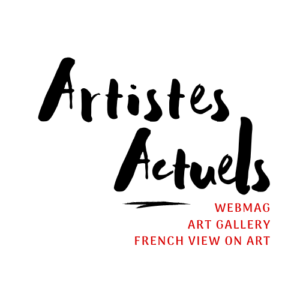
The editorial team
Pleasure and emotion of artistic discoveries
